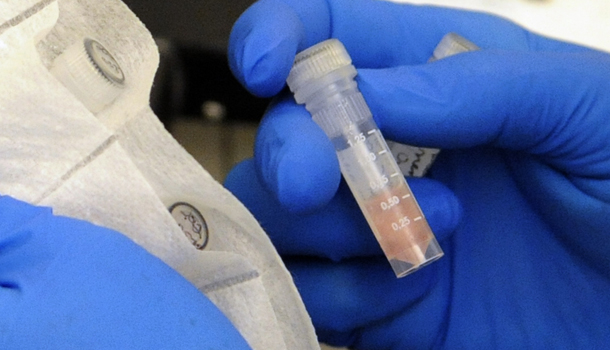In a recent report published in Proceedings of the National Academy of Sciences, shows nearly two thirds of Ebola cases (61%) were caused by 3% of infected people. More than 28,600 people were infected with the disease during the 2014-15 outbreak in West Africa and around 11,300 people died. However researchers suggest that the young and old were more likely to have been “super-spreaders” and hope that understanding their role in spreading the infection will help contain the next outbreak.
One of the ways researchers are tracking the Ebola virus is by studying cases in and around Freetown, the capital of Sierra Leone. Professor Steven Riley, one of the researchers at the Imperial College of London, told the BBC, “most cases had a relatively short infectious period and generated low numbers of secondary infections, whereas a small number had longer infectious periods and generated more infections.”
Riley believes that the virus possibly spread when others in the community came to care for the young or old who were infected. “My feeling is this may be explained by human behavior,” he says. “It may not even be the cases, but the people around them. I wonder whether it is to do with people coming to care for the young or old.”
Virology Professor Jonathan Ball at the University of Nottingham agrees with Riley, and feels the research is a significant step in understanding and controlling how the Ebola virus is spread.
“Knowing who is most likely to transmit the virus can help in focusing interventions designed to prevent virus spread, and the current study suggests that infected children and the elderly were more likely to pass their virus on. Whether this was this due to biological or social factors is unclear, and these will be important questions to address if we are to understand how Ebola virus super-spread occurs,” he says.
Super-spreaders have been implicated in other outbreaks, including severe acute respiratory syndrome (SARS) and Middle East respiratory syndrome (MERS).


